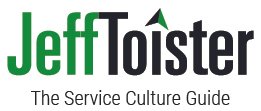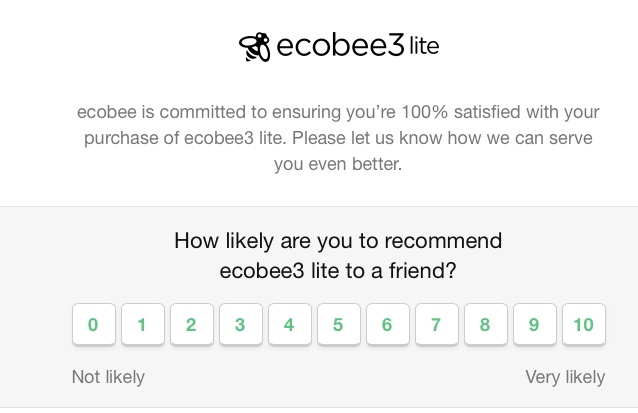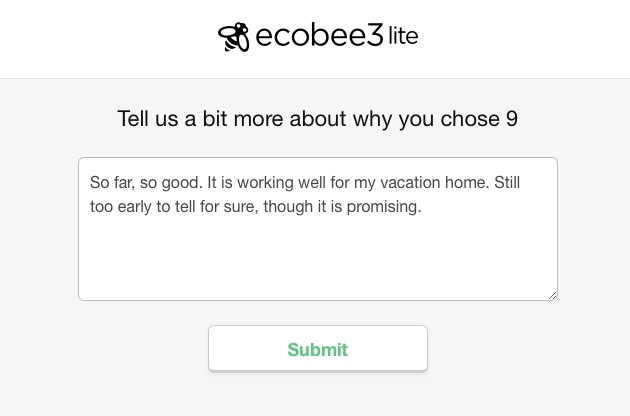Bryce (not his real name) dreaded coming to work.
A regular customer frequently complimented Bryce on his appearance and made sexually suggestive comments. It made Bryce feel so uncomfortable he went to his manager for help.
Bryce's manager was unsympathetic.
Putting up with the customer's offensive behavior was part of the job, he told Bryce. The customer did over a million dollars in business every year and the manager didn't want to jeopardize the revenue.
Stories like Bryce's are common. Employees in many industries are routinely subjected to sexual harassment from customers. Make no mistake—this is illegal.
Companies that fail to protect employees face a number of consequences:
Financial liability
Negative publicity
Employee turnover
Here's what you need to know to protect your employees and your company.
What is Sexual Harassment?
The United States Equal Employment Opportunity Commission provides this overview:
It is unlawful to harass a person (an applicant or employee) because of that person’s sex.
This includes any unwelcome behavior such as sexual advances, jokes, requests for sexual favors, or inappropriate touching. The behavior can become illegal when one of two things happen:
An employee (or job applicant) must submit to the unwelcome behavior as a condition of employment or continued employment.
The behavior is so pervasive that it unreasonably interferes with a person's ability to do their job.
Alisa Shorago, an attorney who provides harassment prevention training through Shorago Training Services, provides some clarity on how this definition applies to customer service:
"Under federal law, companies may be held legally liable for harassing acts by third parties, which includes customers and clients. The legal standard for third parties like customers is that a company is liable for harassment if the employee suing can prove that 1) any supervisor in the company knew or should have known about the harassment and 2) the company failed to take prompt and effective action."
Look back to Bryce's situation and you can see that his manager failing to act on Bryce's complaint exposed the company to potential liability.
Common Workplace Issues
Jenny Dempsey has seen it all.
"Marriage proposals. Coffee dates. Dinner dates. Phone numbers to call. Skype names to chat. Phrases like, 'You’re so hot in your email signature picture', 'Wow, I didn’t know customer service people were so attractive' and 'Your phone voice is really sexy' are not uncommon. I’ve received questions like, 'What are you wearing?', 'What are you doing tonight?, Can I come over?', 'Can I add you to Facebook?', and 'Do you have a boyfriend?' while helping someone troubleshoot problems in their account."
She is a longtime customer support leader and was recently named one of ICMI's Top 50 thought leaders to follow on Twitter. (Follow her here.) Like Bryce, Jenny enjoys serving customers but finds harassment to be very frustrating.
"In customer service, it is not uncommon to have your photograph listed in an email signature in tickets or in the bubble on live chat. I believe it brings a more personal connection to the interaction. Some days, however, I want to remove my photograph simply because of the comments I receive."
Harassment is rampant in other industries, such as restaurants. A recent article from Eater reported that 78 percent of restaurant workers have been harassed by a customer.
According to Patrick Maguire, a hospitality consultant and author of the Server Not Servant blog, harassment often prevents a dilemma for servers.
"Persistent, unwanted, flirtatious advances are one of the most common concerns from servers in restaurants and bars."
Maguire explains that in customer service, we're trained to be polite and accommodating and to avoid taking it personally when we encounter an obnoxious customer. Unfortunately, a harassing customer might misconstrue a polite response to their inappropriate behavior as an invitation to continue.
"The most frequent offenders are aggressive men harassing women, and many [female servers] tolerate too much, and aren't direct and clear enough about drawing boundaries. Obviously, every situation is unique, and not all guys can take a 'hint,' but a firm, confident response to an unwanted interruption is often more effective than a tepid, 'polite' brush off. When in doubt, escalate (to management) early rather than suffering through an insufferable creep's annoying advances."
Dempsey agrees that the normal expectations for a customer service professional can make it difficult to deal with a boorish customer.
"I feel if I say the wrong thing or put up boundaries, the customer may become irate or cancel service. I typically add a note of, 'thank you for your kind words' or I’ll make a joke out of it by giving them 867-5309 when they ask for my phone number. For better or for worse, I let the comments slide. If it is incredibly inappropriate, I will ask them to either change their language or the chat or call will be disconnected. It rarely gets to that level, but I’m sure there is more I could be doing even with the initial questions or phrases that I receive, however, I don’t feel I really can do much."
Some jobs can put employees in particularly compromising positions.
Several of my clients manage apartment communities or have maintenance technicians who do repair work in customers' homes. These employees often find themselves face-to-face with scantily clad customers who make sexual advances when they arrive to perform repair work. Some even worry about being accused of wrongdoing themselves.
Take Action to Protect Employees
Customer service leaders have an obligation to protect employees from harassing customers.
Make sure employees know about the company's anti-harassment policy. Provide regular training and open forums to discuss challenging issues.
With my housing clients, we discussed specific tactics for handling uncomfortable situations. The goal was to empower employees with good options so they could provide outstanding service while avoiding harassment.
Maguire gives similar advice for restaurant managers. "Hospitality professionals should frequently discuss effective strategies to deal with boorish behavior so they're ready with specific language and actions when they need to employ them."
Leaders should also encourage employees to come to them with potential issues, so they can be handled quickly before they escalate into something bigger.
Shorago recommends customer service leaders be prepared to handle complaints effectively.
"As with all other company leaders, customer service leaders should always take an employee's report of harassment seriously and immediately follow the company's procedures for reporting harassment complaints. They should also make sure the employee is not being punished in any way for making that complaint to ensure no illegal retaliation is occurring."




















